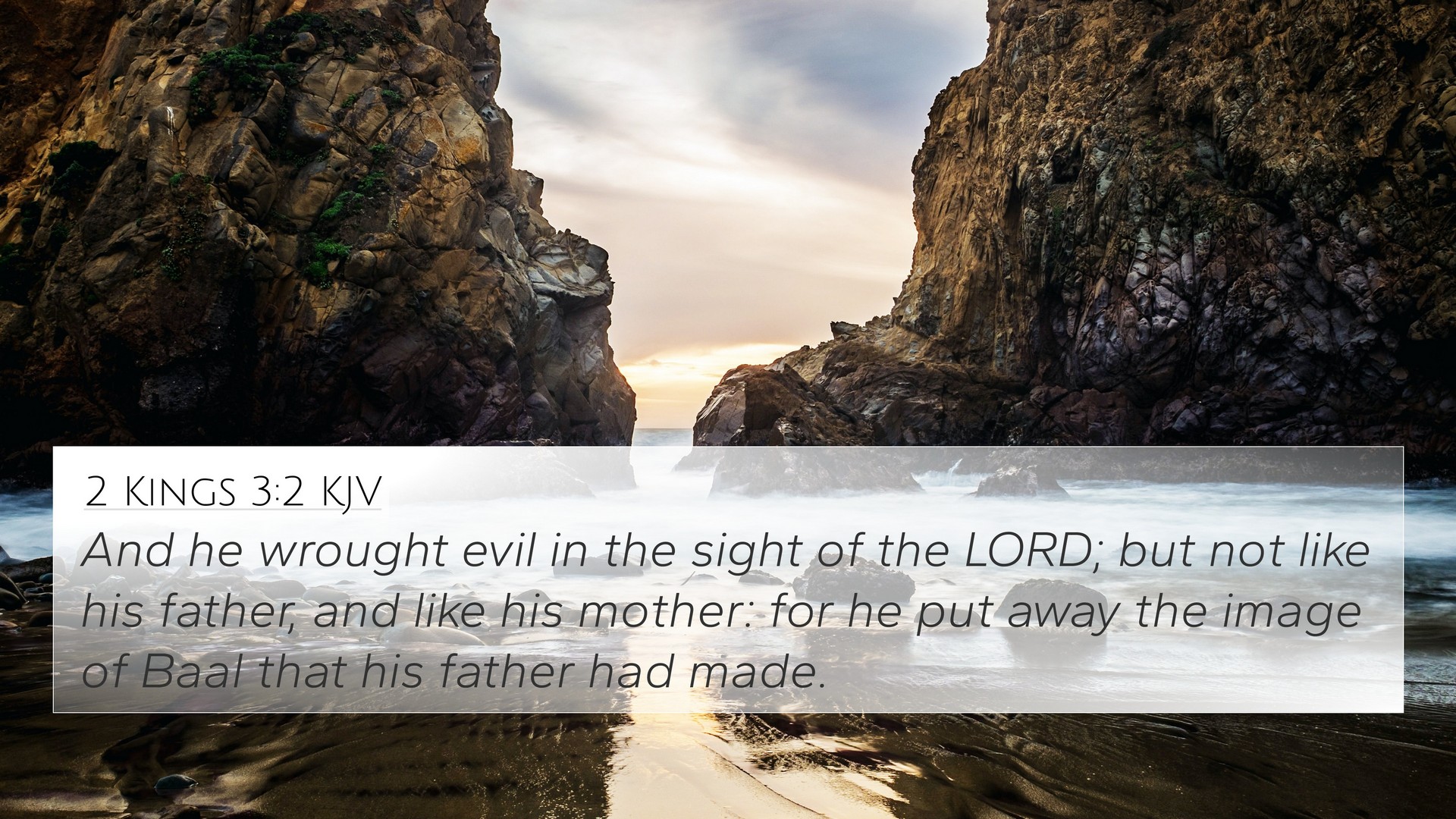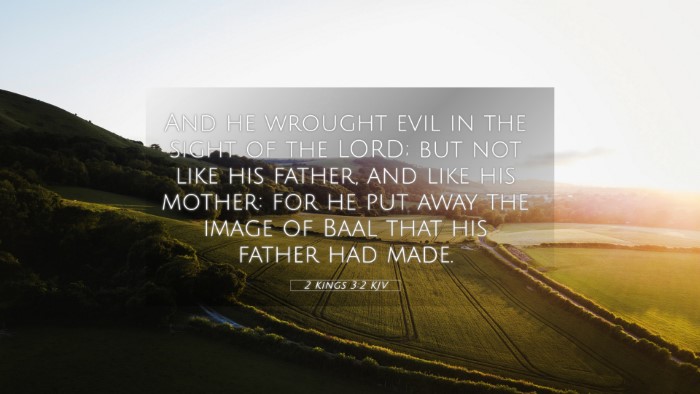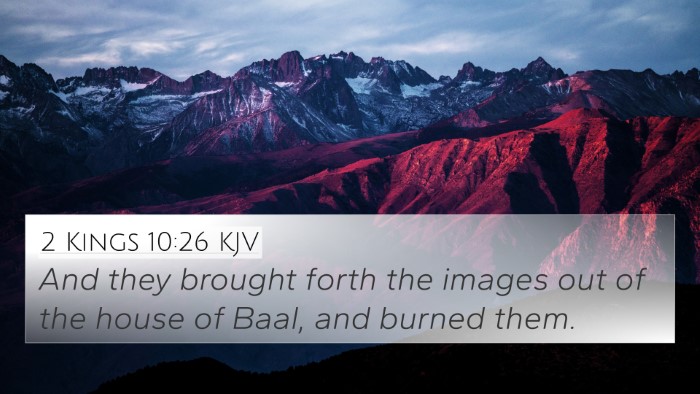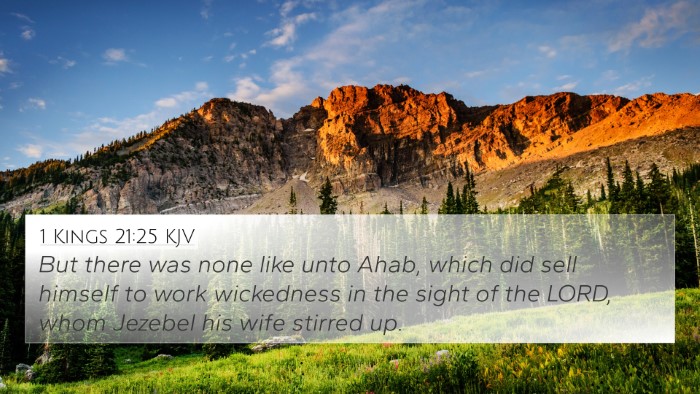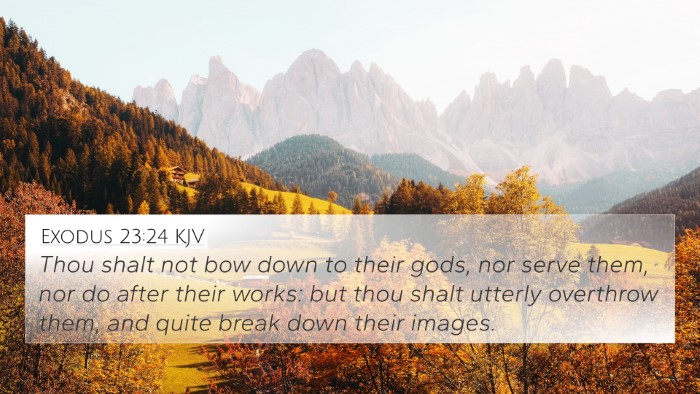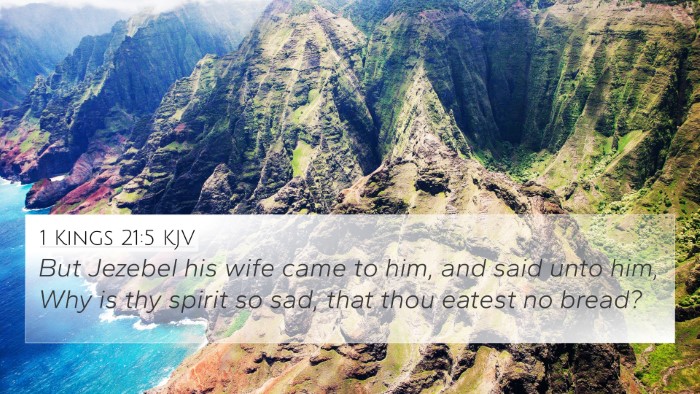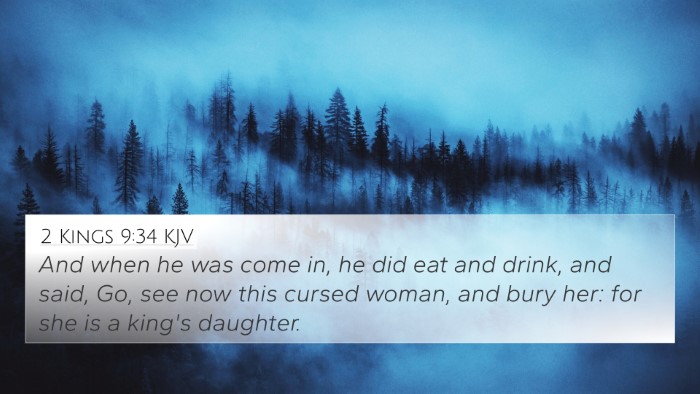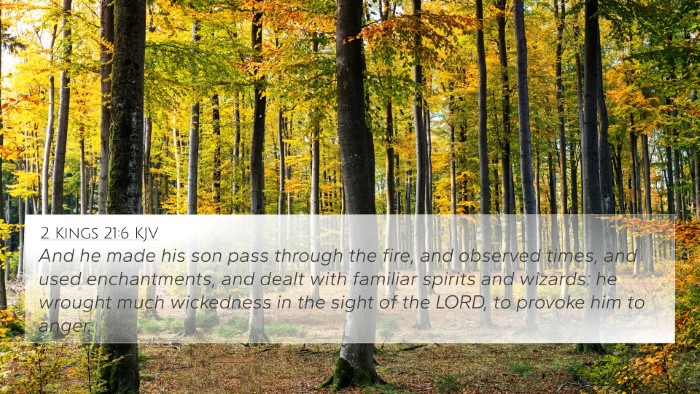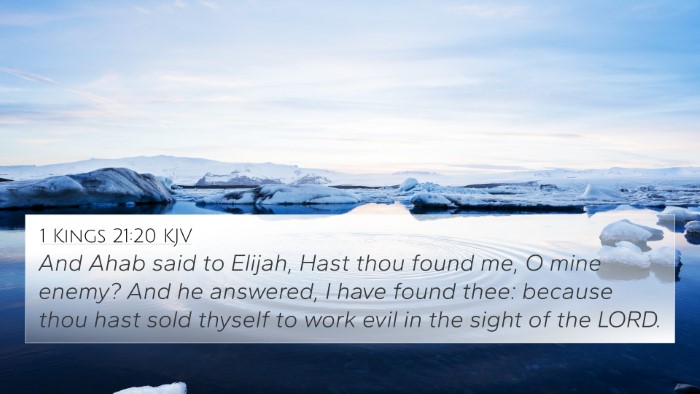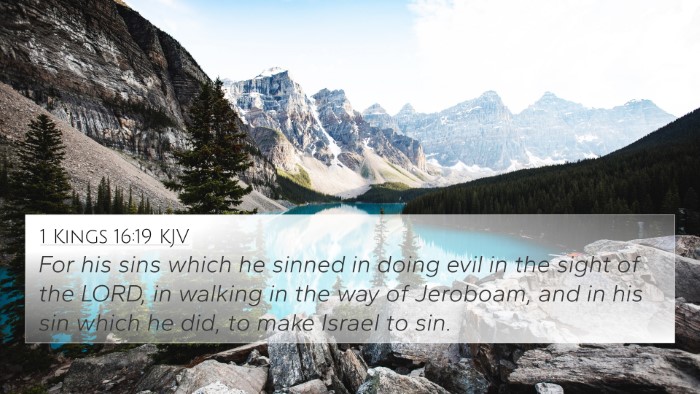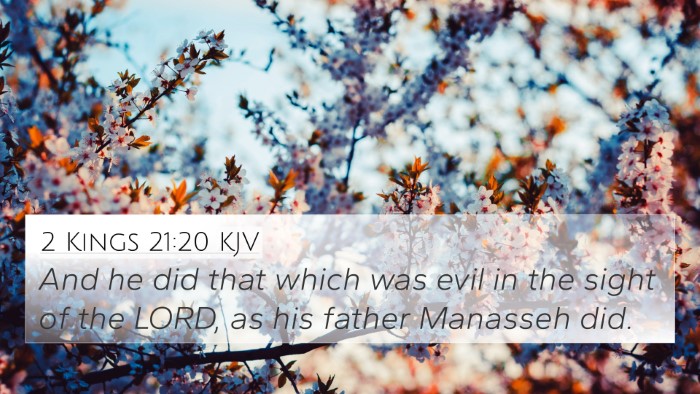Understanding 2 Kings 3:2
2 Kings 3:2 states: "And he did evil in the sight of the LORD, but not like his father, and like his mother; for he put away the image of Baal that his father had made." This verse is situated within the narrative of Israel's history during a time of kings who often led the people away from God's commandments. The context reveals much about the spiritual condition of Israel during this period and highlights the character of King Jehoram.
Verse Meaning
This verse speaks about the reign of Jehoram, the king of Israel, noting that while he did some evil in God’s sight, his actions were not as reprehensible as those of his predecessors. The mention of Baal worship, a significant aspect in the sinfulness of Israel, showcases the tension between leading the nation towards idolatry and attempting to move away from it.
Insights from Public Domain Commentaries
-
Matthew Henry:
Henry emphasizes the idea that Jehoram’s reign was marked by lingering idolatries, suggesting that his partial reforms did little to erase the deeply ingrained pagan practices. This reflects a softened approach toward idolatry but ultimately shows the difficulty of completely eradicating false worship from Israel.
-
Albert Barnes:
Barnes highlights Jehoram's actions regarding Baal, noting the significance of removing the image of Baal as a move towards a more legitimate form of worship. However, he cautions that this action alone does not reflect true repentance or fidelity to God’s covenant, opening a dialogue about mixed worship.
-
Adam Clarke:
Clarke draws attention to the legacy left by Jehoram's father and mother, suggesting that while Jehoram made some efforts to correct the extremities of idolatry, it was insufficient in the eyes of divine judgment. He suggests the necessity of genuine heart change over mere outward reform.
Connections to Other Scriptures
The verse creates a rich backdrop for inter-Biblical dialogue, which can be explored through several cross-references that emphasize themes of kingship, idolatry, and divine judgment. Here are several relevant connections:
- 1 Kings 16:30-33 - Discusses the idolatry of King Ahab, a predecessor to Jehoram.
- 2 Kings 1:1 - Sets the stage for the kingship of Jehoram, allowing for comparative analysis of leadership styles.
- 2 Chronicles 21:6 - Details further the spiritual decline during Jehoram’s reign.
- Exodus 20:4-5 - The commandment against idolatry that provides the moral backdrop for understanding Jehoram's actions.
- Hosea 8:4 - Reflects on the consequences of Israel’s failure to honor God, connecting it to the themes of divine judgment.
- Matthew 6:24 - The discussion of serving two masters can parallel Jehoram’s mixed allegiances in worship.
- Galatians 5:17 - The conflict between the Spirit and the flesh, illustrating the internal struggle inherent in Jehoram's actions.
Thematic Analysis
The themes present in 2 Kings 3:2 resonate throughout scripture, particularly regarding the complexities of leadership in a faith community. Jehoram's actions prompt readers to consider the following:
- Idolatry vs. Worship: The dichotomy of worshiping Yahweh faithfully versus the worship of idols.
- Reform and Repentance: True change in a leader's heart as more significant than external practices.
- Legacy of Leadership: How previous leaders affect the spiritual climate and choices of future rulers.
- Divine Judgment: God's response to the actions of rulers and nations throughout biblical history.
Tools for Deep Study
For those seeking to engage in Bible verse analysis and explore these themes further, here are some tools and methods to consider:
- Bible Concordance: Useful for finding verses linked by themes or keywords.
- Bible Cross-reference Guide: A resource to easily connect verses that illuminate similar themes.
- Bible Reference Resources: Guides and commentaries to help deepen understanding of contextual meanings.
- Cross-referencing Bible Study Methods: Systems that aid in systematic scripture comparison.
- Bible Chain References: Techniques for connecting verses based on thematic threads.
Conclusion
Understanding 2 Kings 3:2 requires a multi-faceted approach that incorporates historical context, thematic connections, and scriptural cross-referencing. Jehoram's leadership serves as both warning and lesson for present-day readers, reflecting the eternal battle between idolatry and true worship. This exploration paves the way for deeper understanding of how diverse biblical texts interact and inform one another, highlighting the importance of engaging with the scripture as a cohesive narrative.
